Welcome to
Mathematical modeling of bacterial flagellar behavior
supported by National Science Foundation Grant
DMS-0815751 & DMS-1410886
|
How do bacteria move? Understanding the swimming mechanism of bacteria using mathematical models is a challenging subject in sciences. Bacteria such as Escherichia coli and Salmonella typhimurium swim in an aqueous environment by means of rotating their helical flagella. Each flagellar filament is driven by a rotary motor embedded in the cell surface. The motor can turn either clockwise (CW) or counterclockwise (CCW) when viewed from outside the bacteria. The rotation of motors leads the cell to either run or tumble. The runs are directed swimming driven by flagellar bundling; all of the flagellar motors turn CCW and coalesce into a superflagellum. When the motor changes the direction of rotation from CCW to CW the flagella unravel and fly apart; the cell tumbles. |
NG=128^3, del-4, f1=f2=100Hz
|
|
|
 |
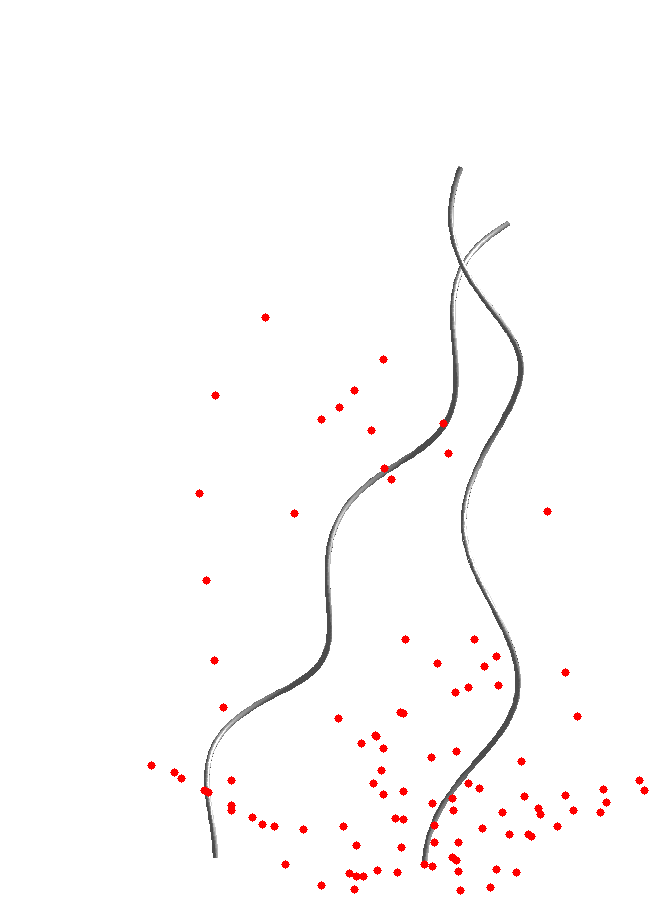 |
NG=128^3, del-4, f1=f2=100Hz
|
|
|
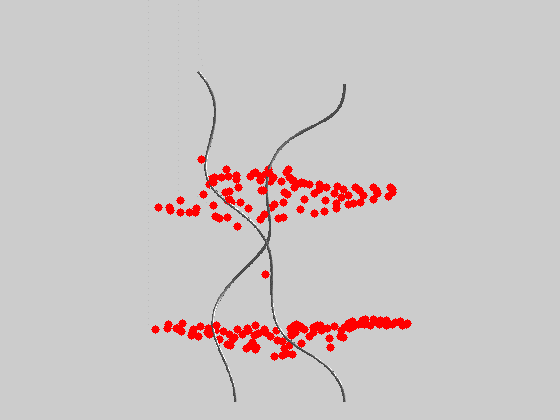 |
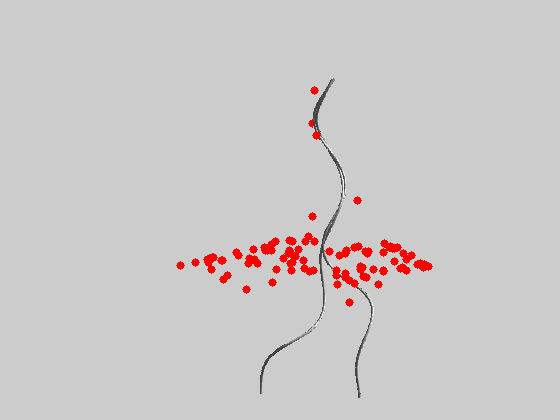 |
|
|
|
|
|
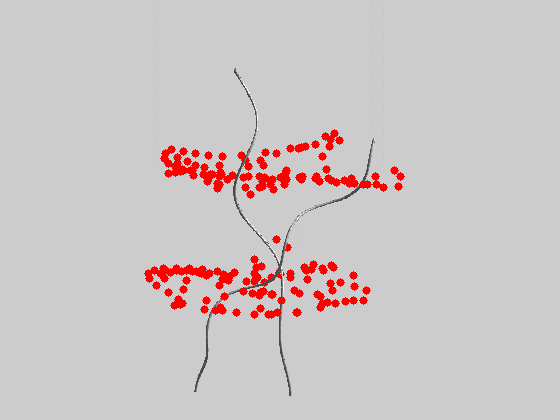 |
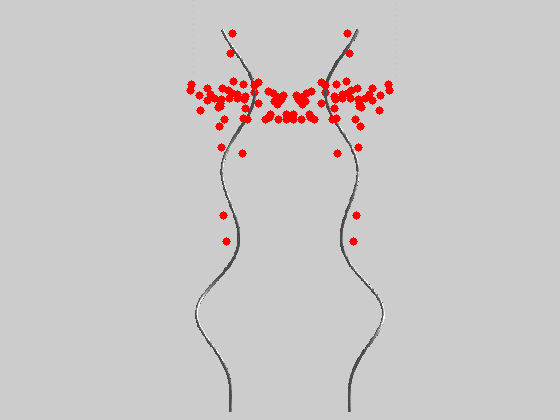 |
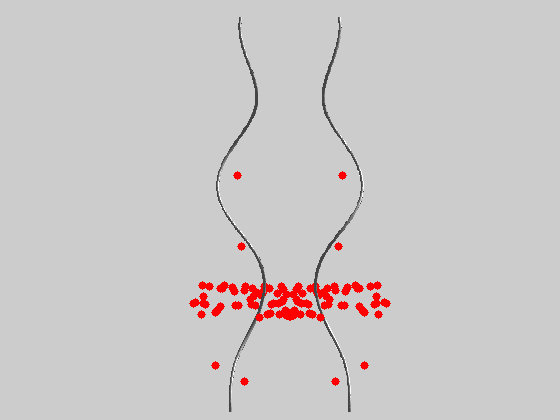 |
 |
Two flagella, (L,CCW), (L,CCW) f1 = 100Hz
|
|
 |
NG=128^3, del-4, f1=f2=100Hz
|
|
|
 |
 |
Polymorphic transformation
|
|
|
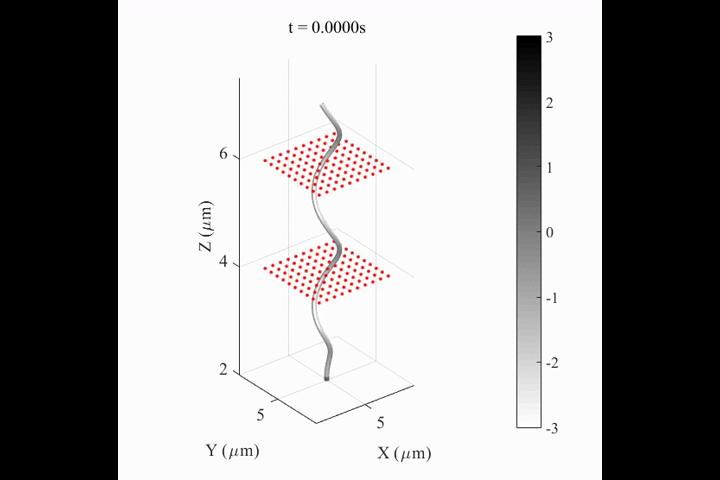 |
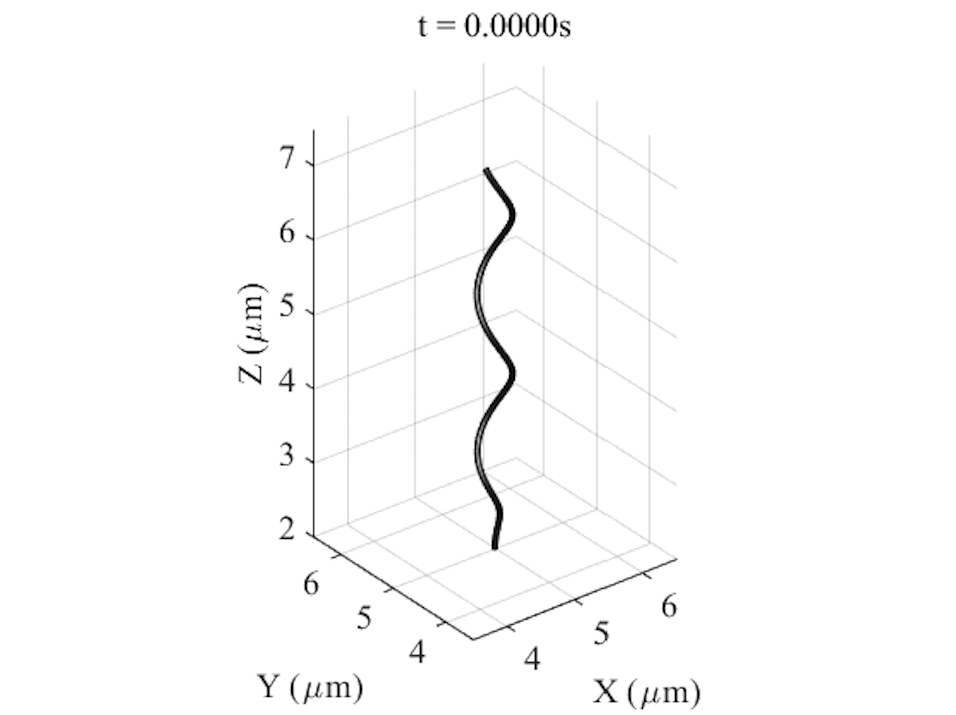 |